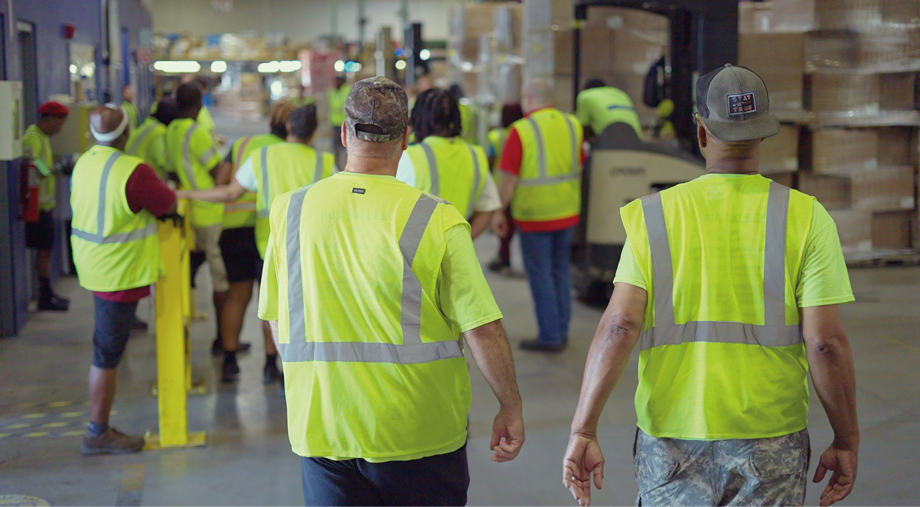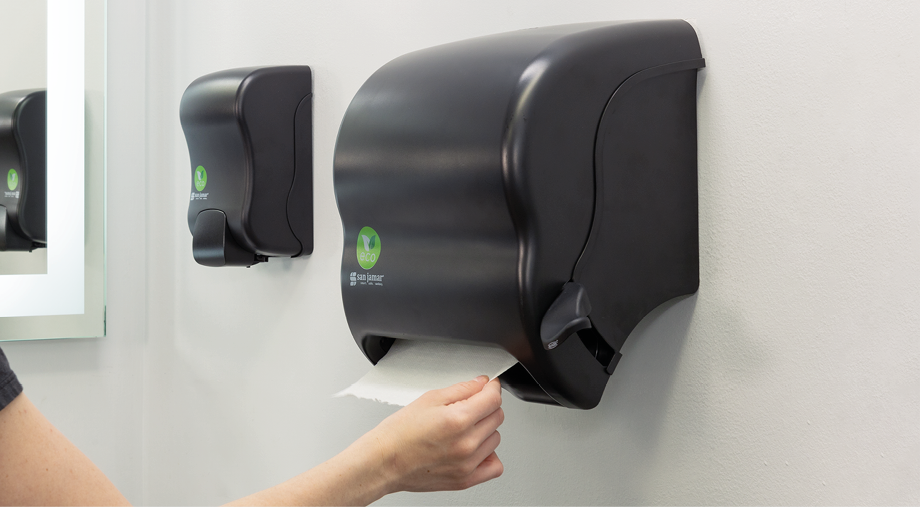Measuring and Managing Sustainability at CFS
CFS is committed to continuous improvement in its business, and this extends to their approach to sustainability. Back in 2022, the leadership team developed an internal ESG framework to give structure and direction to their ESG efforts. One of their key pillars, Operating Responsibly, encompassed sustainability topics including sustainable materials use, materials and waste reductions, and emissions and energy use. On all three topics, CFS has made measurable progress. In addition to creating significant contributions to our environment, these initiatives have had a positive impact on business performance in the form of reduced costs and higher revenues from recently launched new products.
Sustainable Materials Use
CFS considers sustainability to be more than just an opportunity to improve operations, and leverages sustainability ideas to enhance new product development. As a result, CFS developed environmentally friendly products using sustainable materials to help customers meet their ESG goals. In 2023, CFS launched the new green ecoLogic option in San Jamar’s Classic line of soap/lotion, tissue, and towel dispensers. They are manufactured from 100% ABS resin, sourced directly from landfills. The dispensers’ cardboard boxes are recycled and recyclable, and they arrive sealed in biodegradable bags made from up to 20% plant-based polymer. These thoughtfully designed features reduce the product’s carbon footprint and overall environmental impact.
Materials and Waste Reduction
In 2023, CFS began measuring waste production and landfill diversion rates. This initiative identified several opportunities to mitigate waste-to-landfill. After CFS started measuring its waste streams, it identified several new opportunities for internal re-use and selling other materials to third parties for recycling. At its facility in Santa Fe, Oklahoma, CFS piloted recycling these materials to understand the process changes and vendor relationships necessary to divert waste-to-landfill. CFS was able to expand these initiatives to five other sites and now recycles more than 75% of post-production waste across facilities.
Emissions and Energy Use
CFS tracks its energy usage across its 11 facilities. It continuously looks for opportunities to reduce energy usage and improve energy efficiency. For example, CFS began tracking its facilities with and without updated LED lighting to identify which facilities require additional investment. In 2023, CFS began measuring its carbon emissions and continues to do so on an annual basis.
It should not be assumed that the investment above was or will be profitable. Please see “LEGAL” page for important information regarding this content.



